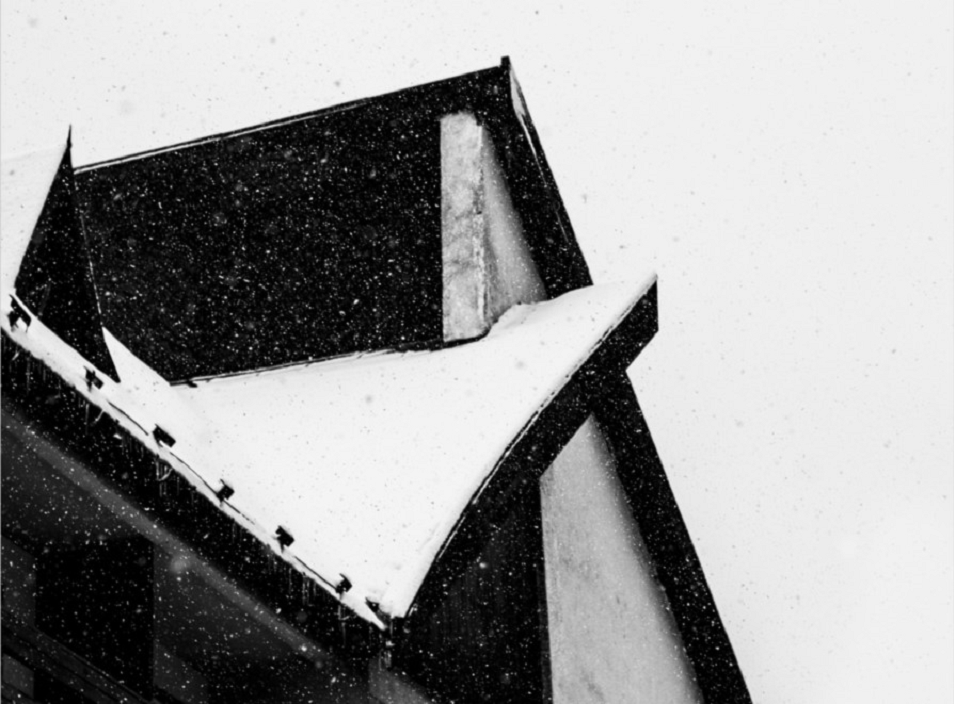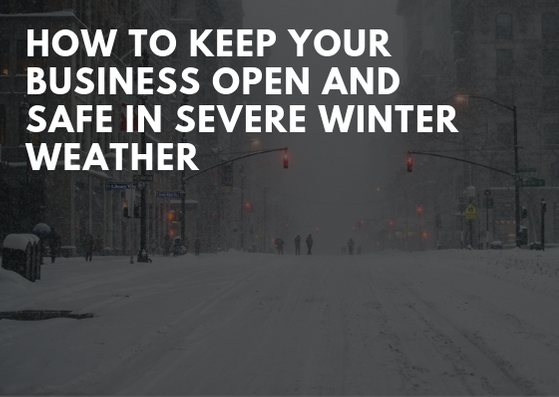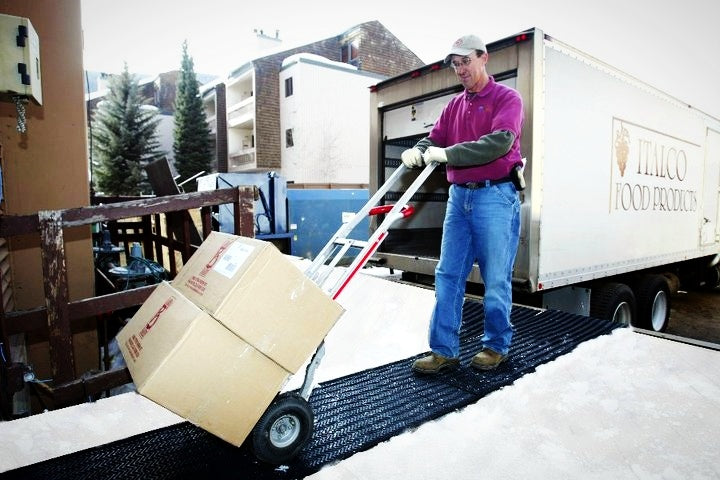 A healthy roofing system is vital to the structure of your property but weather and age will eventually take a toll on its condition. You can greatly reduce the potential danger and expenses by implementing seasonal roof inspections and preventative maintenance.
A healthy roofing system is vital to the structure of your property but weather and age will eventually take a toll on its condition. You can greatly reduce the potential danger and expenses by implementing seasonal roof inspections and preventative maintenance.
Conducting a seasonal roof inspection is a must-do for winter storm preparedness. The purpose of a pre-winter roof inspection is not only to look for existing damage, but to determine how much remaining life your roof has left. Here are some details to look for:
Inspecting a Commercial Flat Roof
First, you’ll need to identify areas on the roof with the potential for water and snow build up during a storm. Scrutinizing these zones is an essential point of preparation since the melting of heavy snow after a storm will result in pools of standing water on a flat roof.
- Check the surface for obvious signs of wear and tear: Look at your entire roof closely for significant damage such as chips, cracks, holes, or standing water.
- Inspect exterior structural components: Every external part of a roof, such as chimneys, pipes, air conditioning units, vents, or skylights, should be thoroughly examined. Look for structural damage as well as mold and degradation.
Inspecting a Commercial Sloped Roof
Even though sloped roofs are designed to drain off water by running it downhill, they can still present leaks that can damage your roof over time. The vast array of materials used to build sloped roofs can make inspecting them a challenge, as each type of roofing material requires a different approach to maintenance.
Depending on how sloped your roof is, you’ll want to inspect it yourself or call in a professional roofer. Furthermore, if your sloped roof is extremely steep it’s best to hire a contractor for the job.
Examining Your Facility’s Gutters
Whether you have a flat or slanted roof, winter gutter maintenance is crucial. Gutters play an important role in protecting your building from winter weather elements, but they undergo a lot of stress from snow and ice. Therefore, your facility's gutters must be thoroughly cleaned and winterized each year to allow snow to melt off your roof.
- Check for clogged areas: Snow melt causes debris such as leaves, twigs, and rocks to build up in your gutters. When cold temperatures hit, the debris will often freeze and as a result cause more clogs.
- Examine the gutters for leaks, cracks, or sagging: Water damage can cause cracks to form in your gutters, while ice potentially leads to sagging gutters. When your gutters clog, you increase the risk of ice dams forming in winter.
- Inspect your downspouts: Additionally, you should thoroughly examine your downspouts to make sure they're free of any build up. You can easily test for clogs by running water into the downspout.


